The 1950’s were a time of great prosperity for the United States of America. The technological developments that were spurred on by World War II were becoming commercialized and mass produced by the previously-wartime indsutry for the everyday citizen to enjoy. Household appliances, the vacuum cleaner, fiberglass, and modern cars from Ford and General Motors. A fascination with space also began in this time and in 1957 (Auto Universum) with the first artificial satellite, dubbed Sputnik, orbitting Earth the Space Age had begun.
Many wartime pilots had returned home following World War II and the Korean War and had a thirst for the adrenaline rush of piloting powerful machines beyond their picket fences. The way most of these airmen quenched that thirst was with cars. The 1950s birthed the idea of the hot rod; modified cars for the street and the track. The American Interstate Highway System began construction in 1956 (Auto Universum) and ushered automobile based infrastructure and the birth of car culture as we know it. Drive through restaraunts and drive in movies sprang up all over the country in a matter of years and shaped the way Americans viewed the car forever. It became a status symbol and a point of pride. People would have family pictures taken in front of their 4-door V8-powered sedans and go for Sunday drives with their families. The combination of the car’s prevalance and the fixation on the sky and beyond fuelled car styling for nearly a decade.
The common styling cues of these cars were long, streamlined body lines down the lengths of the cars, bubbled passenger compartments similar to that of a fighter jet, round headlights and taillights reminiscent of intakes and exhausts of jet turbines, and fins; large and small that strongly represent stabilizers and instrumentation arrays. All of this leads to beautiful cars that shaped and dictated the aesthetic and culture of a decade or more.
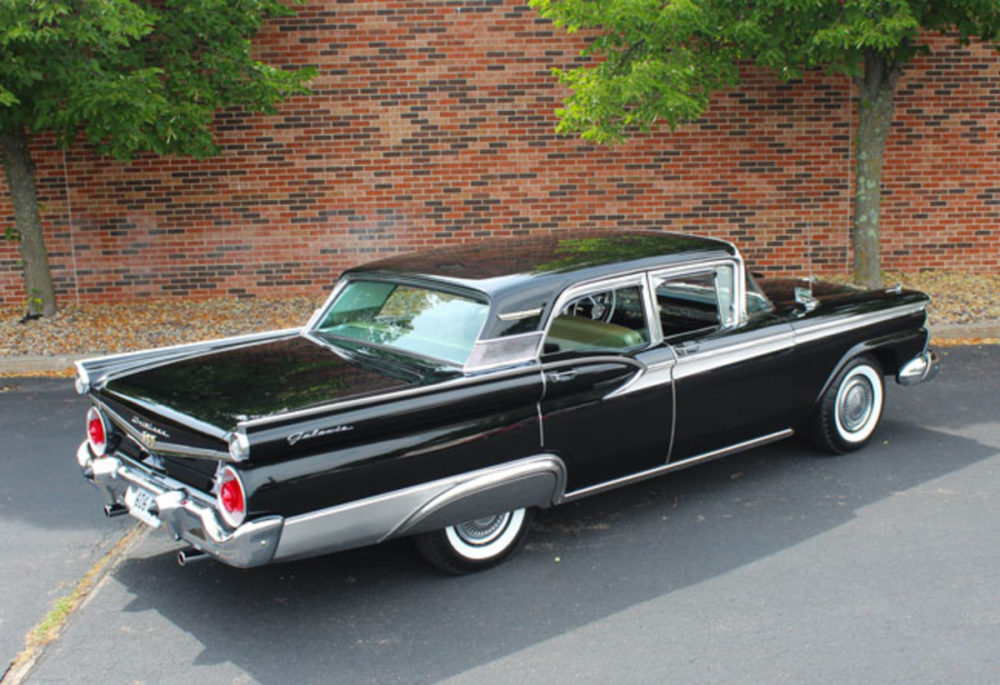
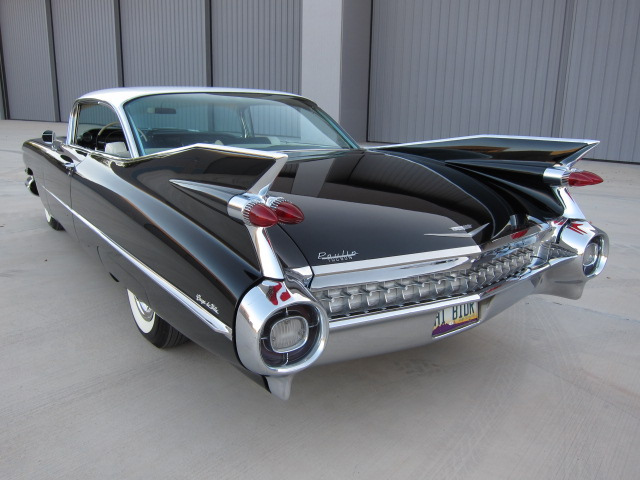
The 1959 Cadillac Coupe DeVille (left) and the 1959 Ford Galaxie (right) above display many of these characteristics. On the Cadillac, you can see the exhaust-eque brake lights as well as the long body trim pieces topped with swept wings. A true icon of the styling of this period.
The Ford displays some similar characteristics in totally different ways. Similar round tail lights, but the trim near the lower rear of the car gives the illusion of a tapered streamlined tail section of fighter jets of the time (pictured below).
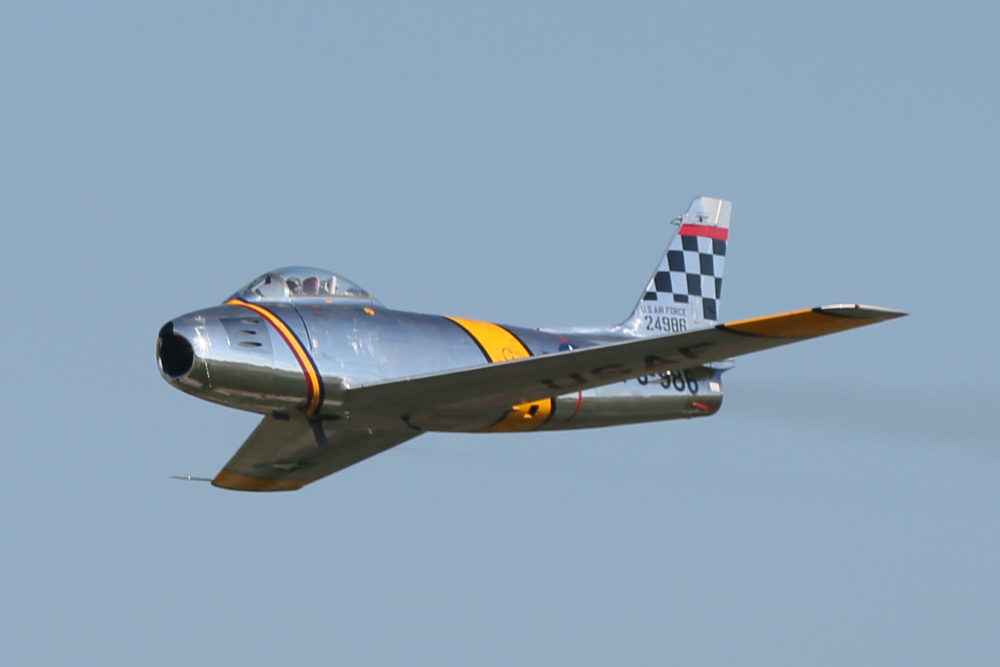
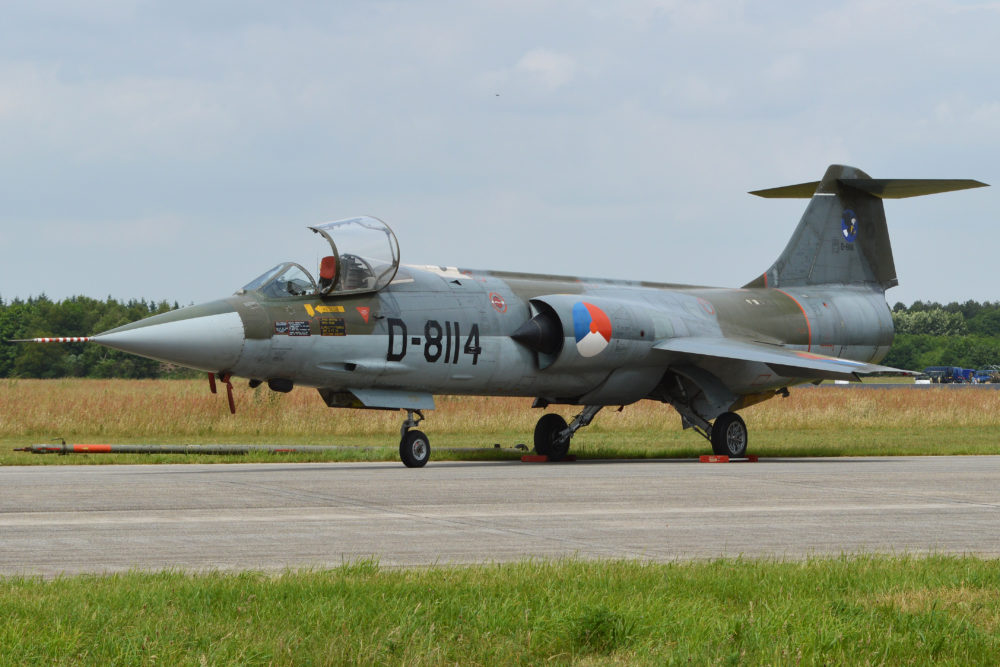
Another prime example of this aesthetic is the 1958 Chevrolet Bel Air (below). It very clearly demonstrates the fins, gills, and bubbled passenger area that is so indicative of this time period. An example of the analog between fins and instrumentation arrays is also clearly visible on the two planes above. Under the nose of the F-104 Starfighter (left) and the starboard wing of the F-86 Sabre (right).
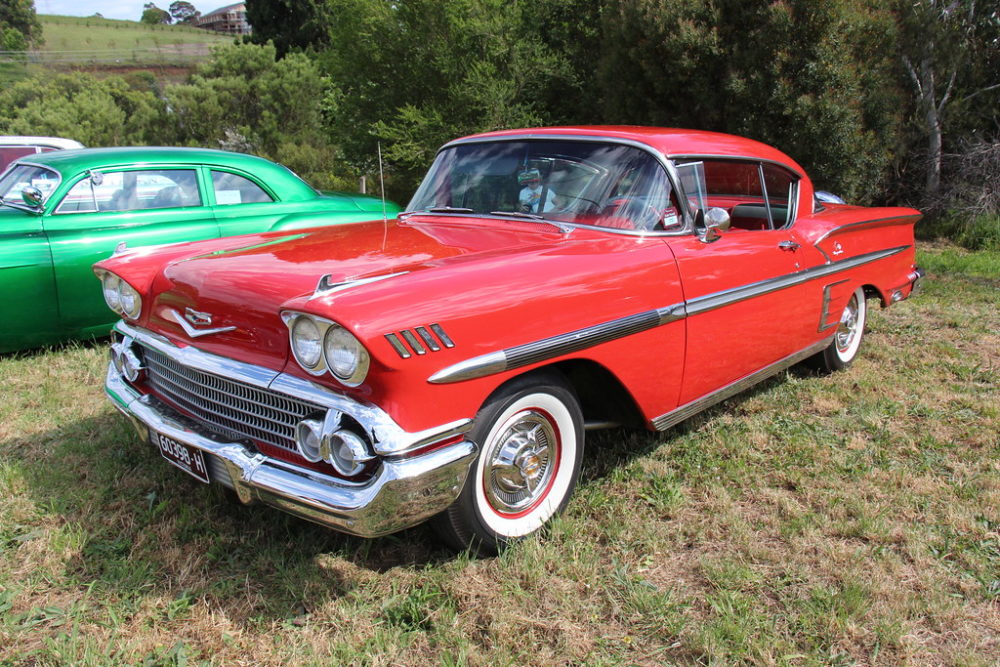
Sources:
“The Jet Age.” Auto Universum, 1 June 2022, https://autouniversum.wordpress.com/the-jet-age/.

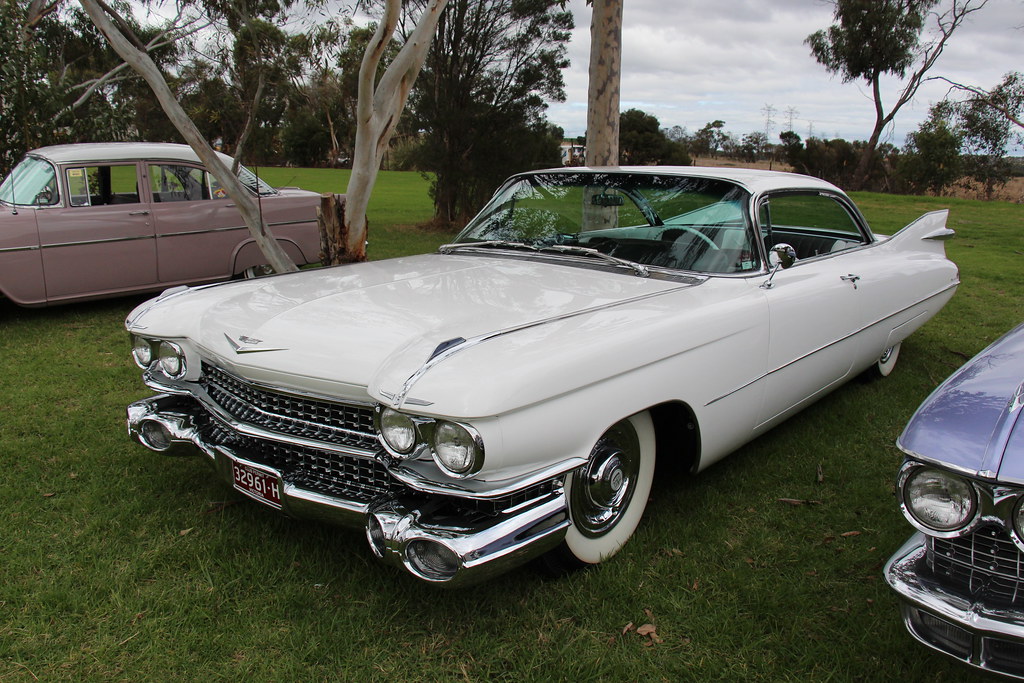
3 Comments. Leave new
I like the topic you have dived into a lot, not only because they are vehicles but also because it is a very carachteristic aesthetic that shines because it has defined an era. This style, from my point of view, was not only is found in cars but also buildings, art, motorcycles… I enjoyed a lot how you explained the history and events that ocurred behind this aesthetic.
I really enjoyed this post. Cars from this era have always reminded me of cars from The Jetson’s, but I hadn’t made the connection that these cars were inspired by the styling of planes and early space flight. Did you read anything about the aerodynamic ramifications and/ or benefits of this style of car?
I found your pick to be very interesting to read about. This time period of the US really did spur some iconic and unique designs. I liked the way you tied in different aspects of US history and culture at the time to connect how this aesthetic design formed. I also liked the way you tied vehicular design to the design of fighter jets. Were there other examples of this aesthetic outside of cars?